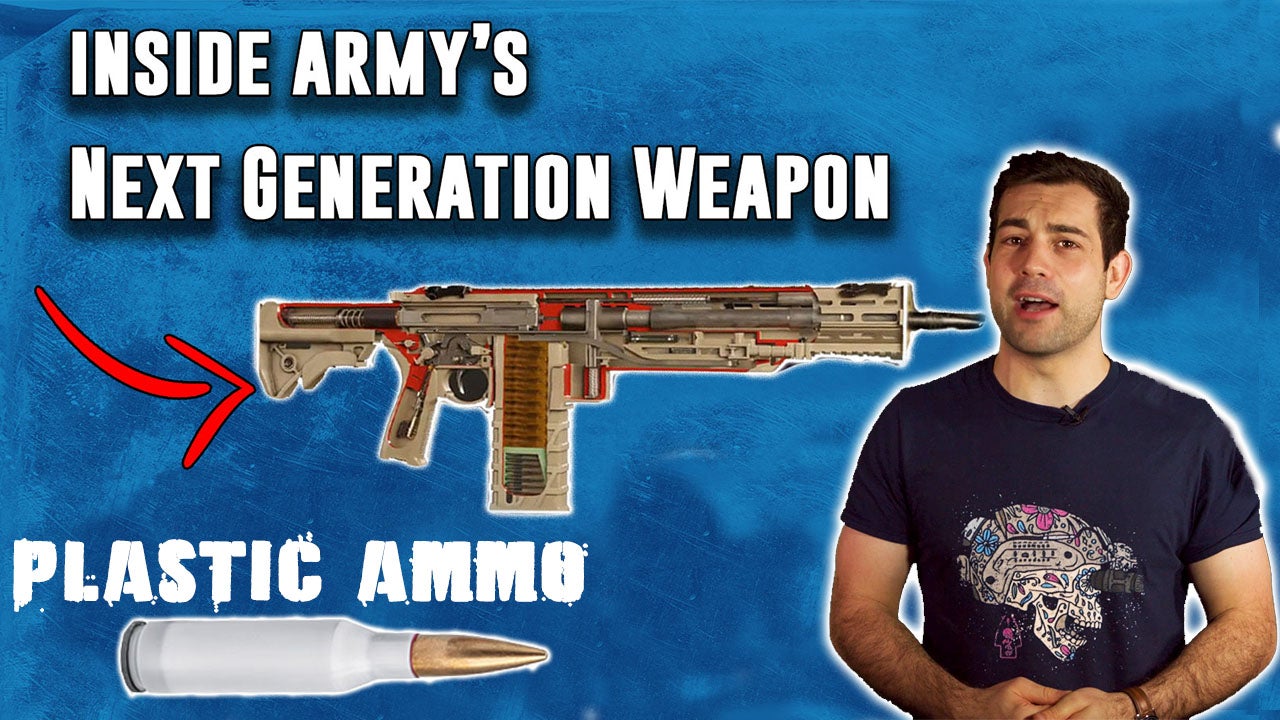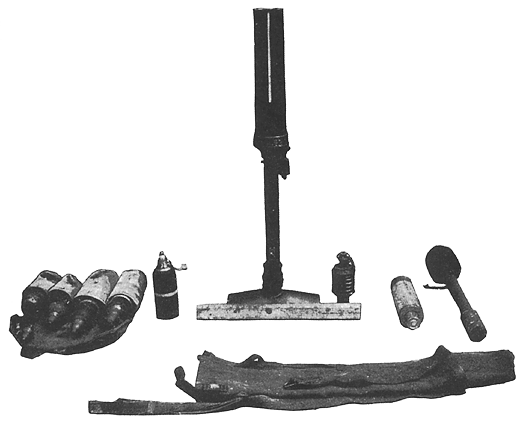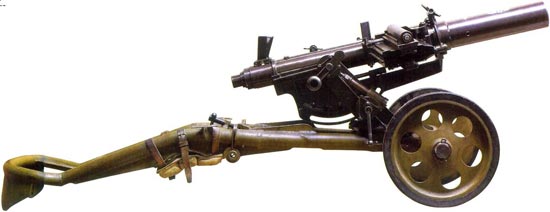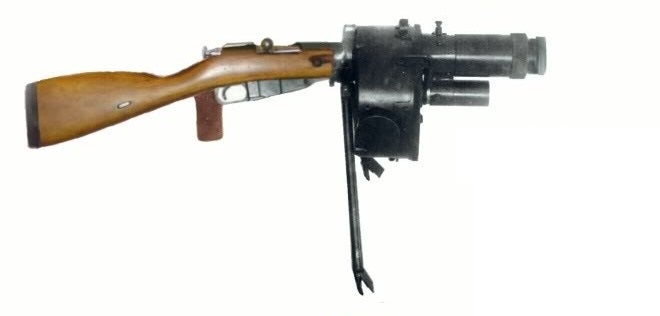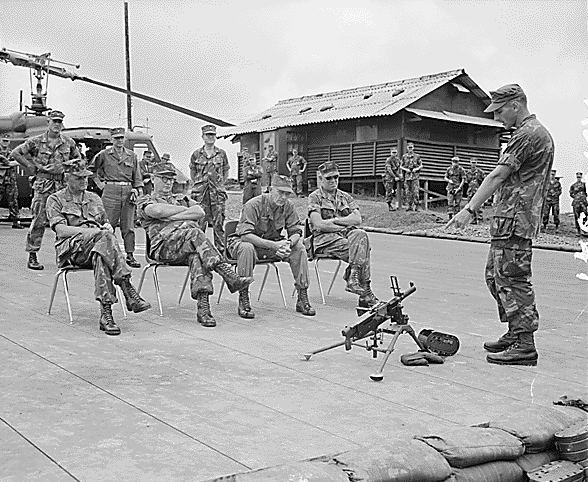Very likely. Example is the BSA made Bren gun with its better quality magazine than the Cz. vz. 30. The logic was that the mag was part of the weapon and a signed for item. In hypothetical US service the mags, might have been throwaways. In actual German service the mags often were,
Which process was more practical? The M1 carbine, the whole weapon, was expected to be a rear echelon weapon (hah.) so the whole item was likely to be expendable. How did that work out? Not as expected. When an army shows up with 5 million semi-auto battle rifles planned and the likely long arm actually deployed and used is 6 million popgun carbines still getting the job done, somebody should have noticed, maybe "we goofed?" postwar.
M14 I'm looking at you,
(Cough Winchester Model 1907 and Model 1910.) should have been a further warning.
Thou shalt not torque off the great John Moses Browning.
The Bren gun mags being robust enough for continued reuse makes sense due to the section level doctrine of the 25 magazines being carried across the section and then as 'expended' empties farmed out among the riflemen for the fresh ones they carried and refilling the empties from their bandolier of 50 rounds of 303 (in 10 Stripper Clips of 5).
Not so much for individual weapons though.
I think the better solution - maybe - would be for the 30 carbine ammo to be delivered already pre-loaded into 15 round magazines and to be supplied in bandolier of say 6 magazines?
OTL it was supplied in a Bandolier of 12 x 10 round stripper clips for 120 rounds ready to be fed into empties here you would get 'only' 6 x 15 round magazines for 90 rounds with the advantage of them being prepacked and ready for use.
I was going to suggest that they be pre loaded 'at Factory' but I am thinking that Spring life would be a consideration - although maybe not in the context of WW2.
